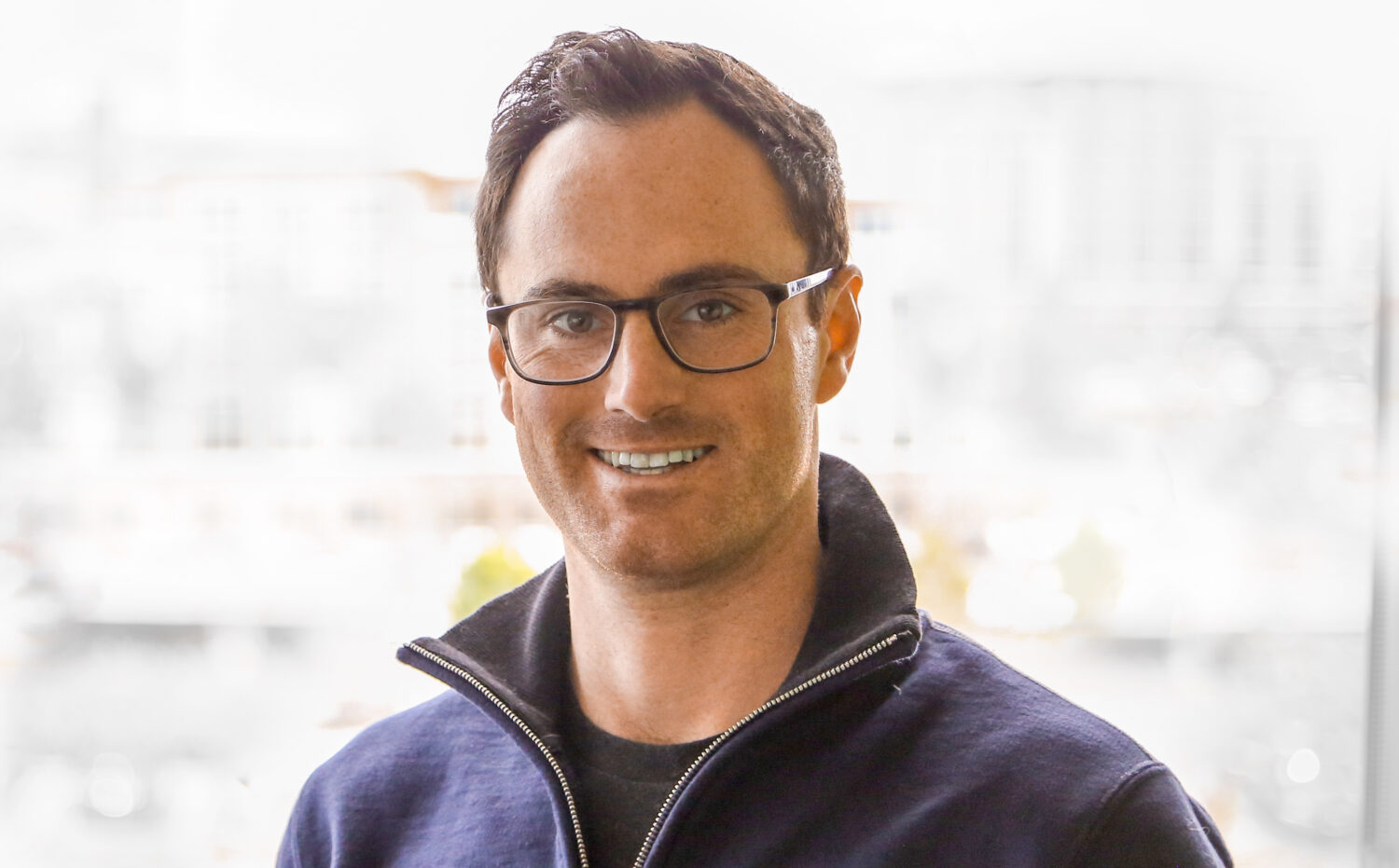
It’s a striking contrast to look at the world as it now in the wake of the COVID-19 pandemic compared to what life was like prior to March 2020. To pre-pandemic eyes, it may even seem like an unrecognizable alien landscape with people everywhere donning facemasks, limited public gatherings, and tens of millions working from home rather than the office. Up until recently, commercial flights departed with few passengers, movie theaters and sports venues were largely shuttered, and many avoided going to populated areas whenever possible.
But we haven’t been somehow transported into a sci-fi-infused dystopian future. These changes are simply the result of healthcare leaders around the globe reacting appropriately to keep people safe and stop the spread of the virus. Now, with the COVID vaccine rolling out everywhere and case numbers declining, it feels like we’re beginning to get an upper hand in the battle against the pandemic. More than 50 percent of Americans have received at least the first dose of a vaccine and more than 25 percent are fully vaccinated.
However, the virus has taken a toll on society and perhaps nowhere is that more apparent than in its impact on healthcare organizations. Eighty-seven percent of healthcare leaders said patients’ fear for their safety prevented them from scheduling care appointments during COVID. Patients staying away in droves meant providers faced significant revenue losses with some practices reporting up to 50 percent in losses.
Yet unlike in Alex Huxley’s classic novel, “A Brave New World,” technology has played the role of the hero rather than the villain in healthcare’s resiliency in confronting and overcoming many of the challenges posed by COVID. Case in point, the availability of telehealth technology permitted practices to resume care visits from the safety and convenience of patients’ smartphones. Consequently, telehealth use by providers spiked from 22 percent in 2019 to 80 percent in 2020. And patients responded in kind, with 59 percent experiencing their first telehealth visit in 2020 and 91 percent reporting satisfaction with telehealth. Without telemedicine, millions of patients may have continued to defer much-needed care until after they felt safe resuming in-office visits.
And though telehealth has emerged as the rock star in this new era of virtual healthcare, it’s not alone. Virtual check-ins are another accessible tool where providers connect remotely with patients for 10- to -15-minute care visits, typically via smartphone, text, or a phone call. Telehealth and virtual check-ins are billable to Medicare through 2021, and based on virtual health’s increasing popularity among providers and patients, may well become a permanent option for Medicare patients. Many commercial payers have already indicated a willingness to pay for these services beyond the pandemic as well.
When used in tandem, a caregiver-directed combination of virtual care visits and in-office appointments—or hybrid care–can benefit both patients and providers. For patients, it means the convenience of not needing to schedule an in-person appointment for things like routine maintenance check-ins or to refill prescriptions. For providers, hybrid care is a more efficient use of resources because it can reduce the time and cost of visits. While a typical in-office visit (including travel, wait, and physician time) totals 121 minutes, a telehealth visit takes only 16 minutes.
Though virtual health has been a post-COVID breakthrough as an alternative form of care, one thing the virus didn’t eliminate was schedule disruptions. No-shows, late cancellations, and gaps in care all continue to interfere with patients’ ability to make and keep appointments. Similarly, these disruptions leave last-minute vacancies in providers’ schedules that lead to revenue loss. Whether virtual or in-person, both types of healthcare visits depend on critical patient communication to dispense care.
Again, technology plays a vital role here. Virtual and in-person care delivery can only be as successful as the communication methods needed to effectively connect with patients. Practices that experience high no-show rates often rely on outdated and ineffective means such as phone calls and manual reminders. Patients’ communication preferences have changed during COVID and phone calls and voicemails are no longer the best ways to interact. Text messages are to the 21st century what phone calls were to the 20th century. Recent studies have shown that 80 percent of patients want to receive texts from their provider while almost 75 percent want to be able to send texts to their provider.
A text-first approach to appointment reminders significantly increases patient open and reply rates while sending automated appointment reminders can increase confirmation rates by nearly 160 percent. Similar digital patient engagement communications that help support virtual health and patients showing up on time and ready for appointments include:
– Automated patient recall
– Digital intake
– Pre-visit instructions
– Surveys
– Patient education
It’s true that technology-based solutions such as telehealth sustained healthcare organizations in weathering the COVID storm and after by offering virtual care alternatives to patients. It’s equally true that greater innovation and investment in digital patient communication can yield sizable payoffs for providers in minimizing disruptions, reducing no-shows, and getting patients the care they need both in-person and virtually.
About Josh Weiner
Josh Weiner is the CEO of SR Health by Solutionreach. He joined Solutionreach from Summit Partners, a leading global growth equity firm. Through his work with Summit Partners, Josh served on the Solutionreach board of directors for three years. Before Summit Partners, he was a consultant with McKinsey & Company. Josh is a graduate of Stanford University and resides in Salt Lake City with his wife, daughter. Josh and his family spend as much time as possible exploring the natural wonders of Utah’s mountains and deserts. Connect with him on LinkedIn @joshfweiner.
